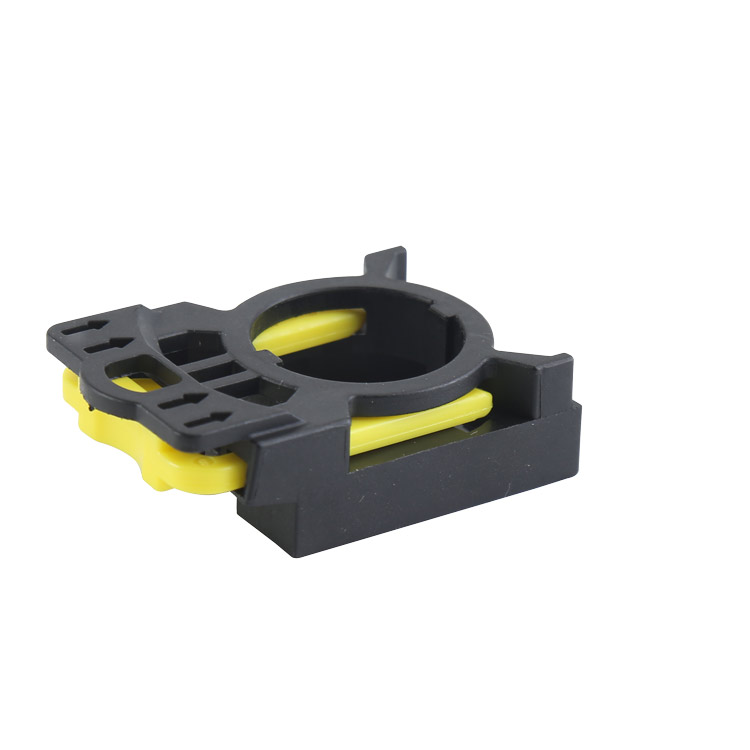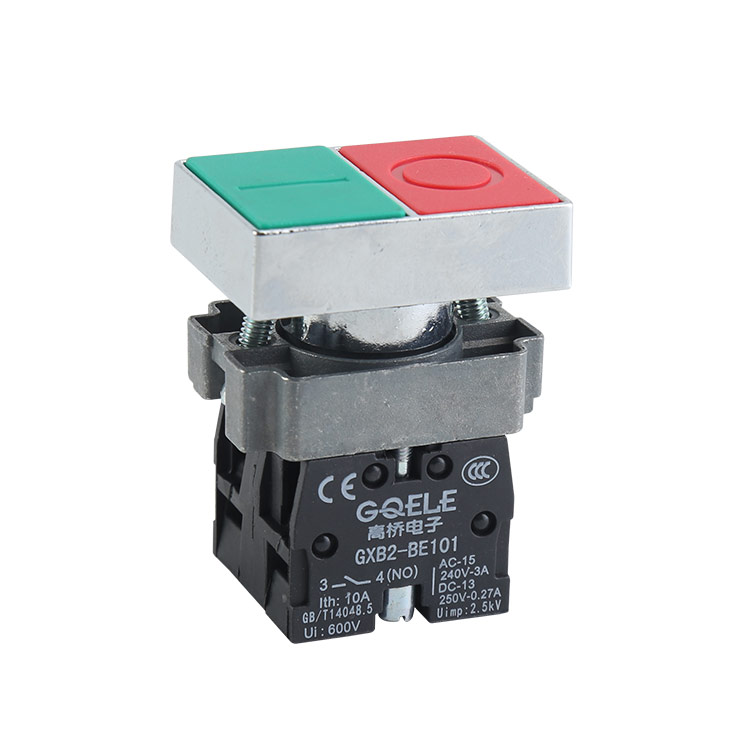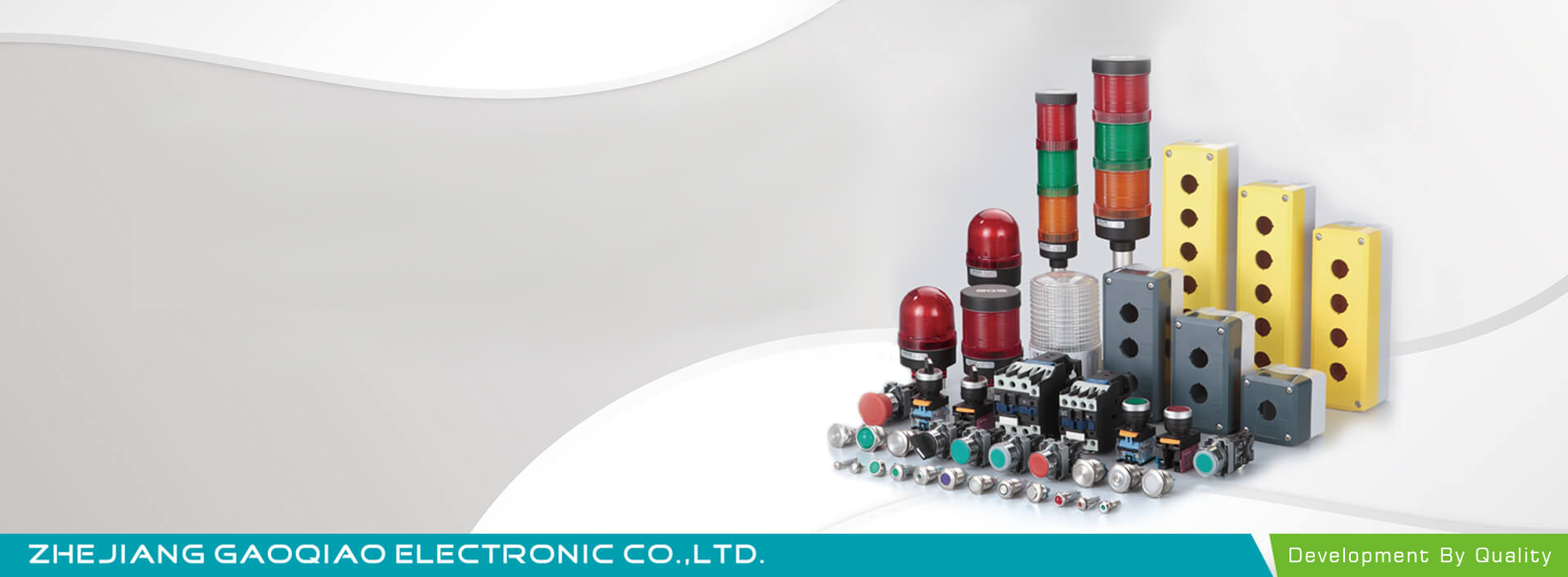
GOB1-X1271

GL-19HA10-S Waterproof Momentary Switch Normally Open Push Button 19mm Ip65

LA115-A2-11XD 1NO&1NC Maintained 2-Position Plastic Selector Switch Push Button With Short Handle And Red Light
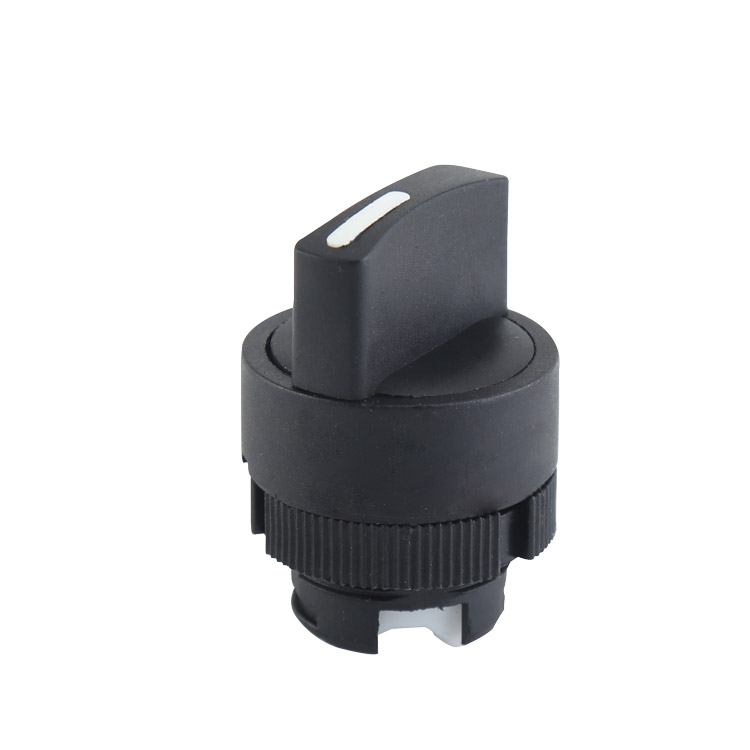
GXB2-ED2 2-Position Maintained Plastic Rotary Round Selector Switch Push Button Head With Short Handle

LA115-B1-11XS/FFU 1NO&1NC 3- Position Momentary Selector Push Button Switch With Short Handle and Without Illumination

AD116-22D/MFS Φ22 High Quality PA66 Blackℜd Flashing Buzzer
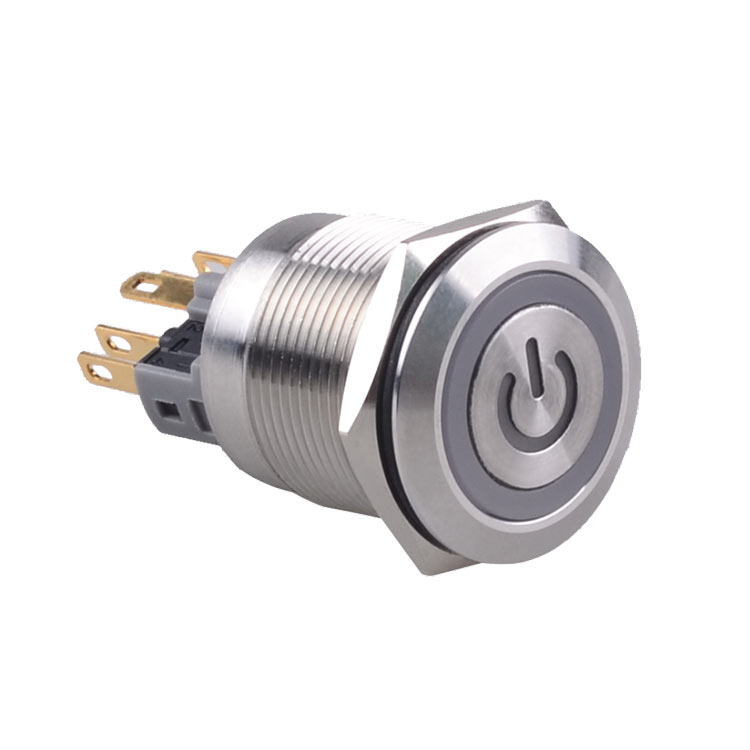
GL-22F11S/R23-SJ

LA115-A1-11Y 1NO & 1NC Key Control Maintained 2-Position Keylock Push Button With Round Plastic Head
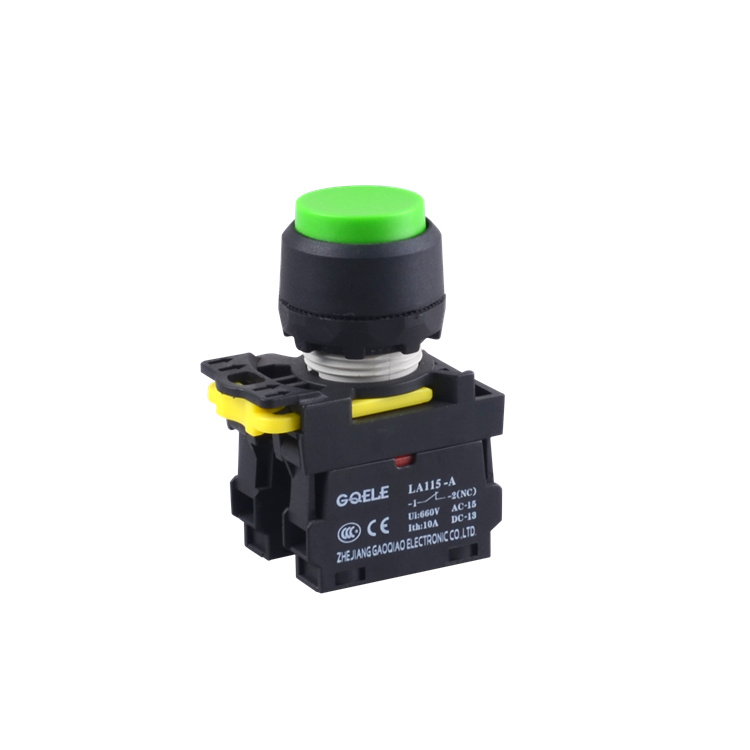
LA115-A1-11H High Quality 1NO & 1NC Momentary Extended Push Button With Round Shape Green Head And Without Light
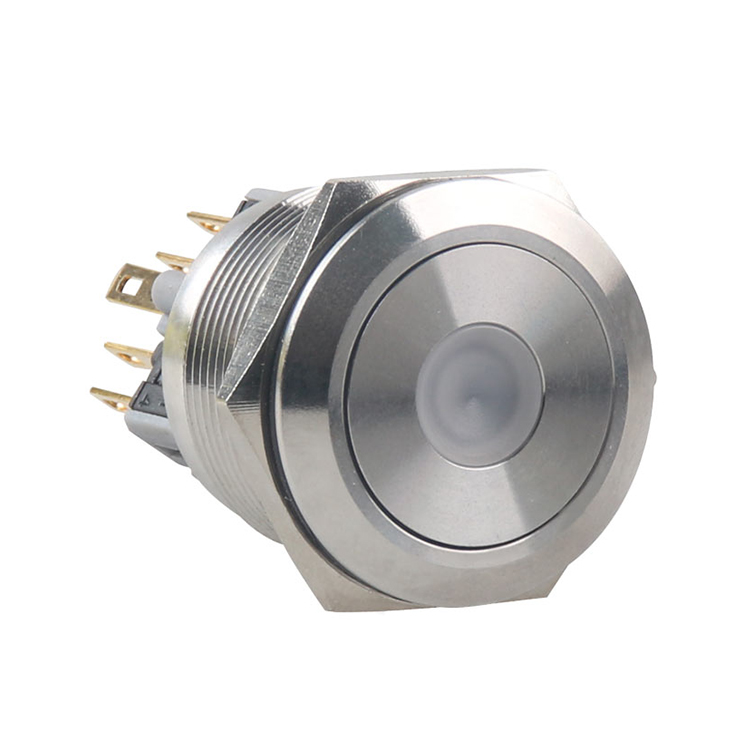
GL-30F22D/R23-SJ Metal push button

GL-19ZC11-AJ 19mm Big head metal push button switch power button emergency stop button
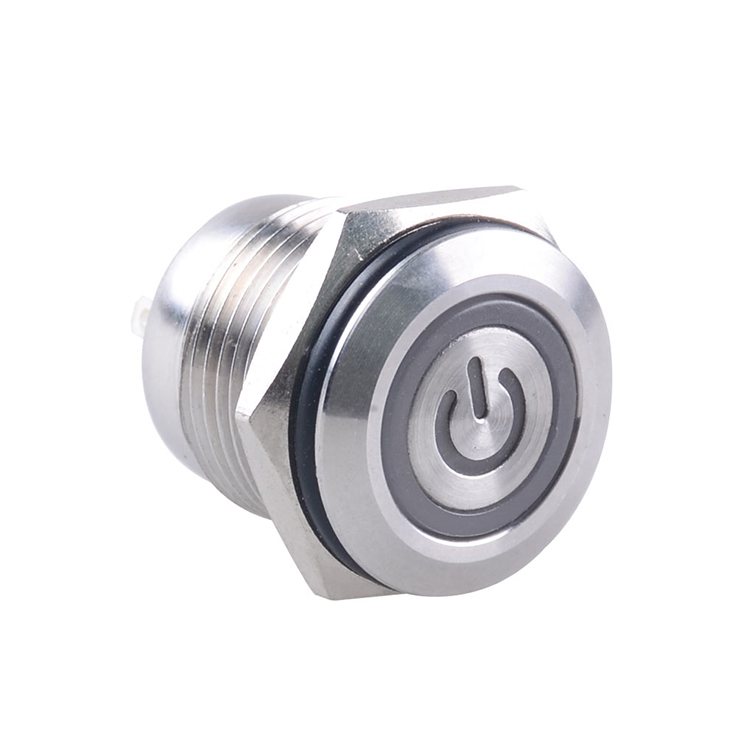
GL-16FA10S/R23-SJ Metal push button






